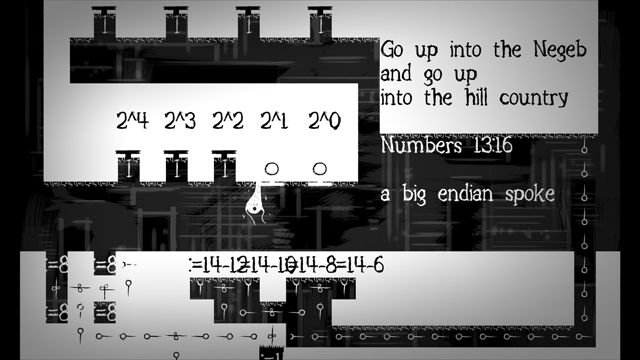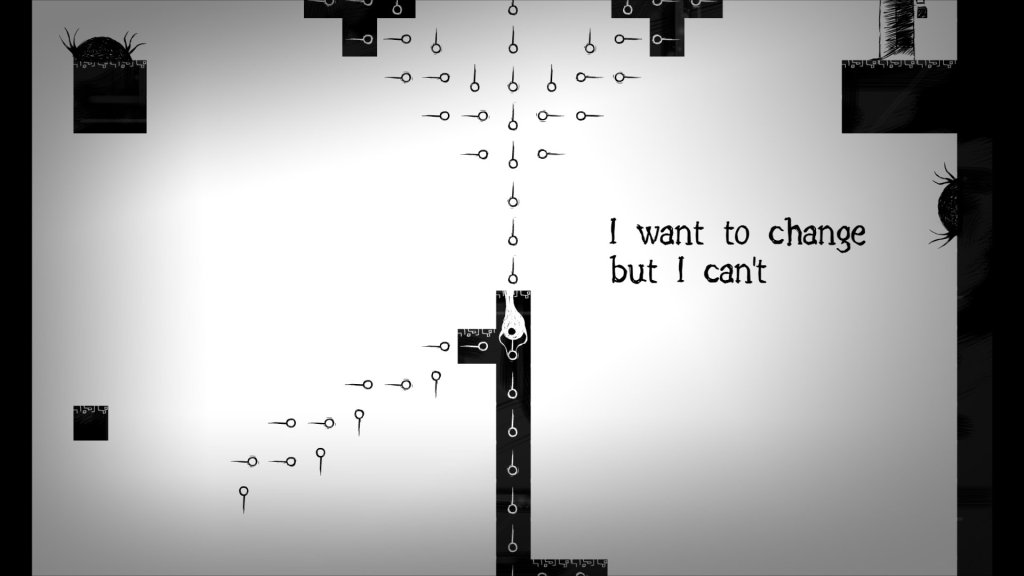So obvious, it’s elusive.
There’s a visceral kind of shifting sound, that of sand quickly passing through an hourglass, when Caleb slides through the earth beneath him and becomes Ammiel. And as soon as this happens, the music becomes hushed, eradicating the labor of processing the experimental, yet enjoyable, instrumentation playing in the world of light. Here, it hits me—isn’t this my narrative? Don’t I, too, long for quiet? Glancing over a screen full of obstacles, both black and white, I realize I can’t stay here.
So Sym is true to life. “Inspired by social anxiety disorder,” as the press material says, it sets the stage for some heavy-handed metaphors that are lobbed at you while you play. Indeed, it all seems too obvious at first. The world is black and white. The main character, Josh, is split into the aforementioned two selves. There is capricious poetry written about. “Of course,” you mutter to yourself, “this game is about social anxiety disorder! I mean, it’s right there.”
But you’re not really thinking. The game is about you and me and us.
It’s still very much a game, though. Presented with a platformer veneer, whichever side of Josh you control is dropped from a hole at the beginning of the stage and much be led to an elevator door somewhere else. Caleb is slim and wiry, perhaps wasting away, and doesn’t jump with much finesse. Indeed, his control is predictable, but he doesn’t feel as rooted in physics as Meat Boy or Mario. No, there are moments when you’d wish he worked like either one, particular a stage where the walls are closing in.
Ammiel looks like an alien with tentacle arms. His white form contrasting against the black background (or foreground?), he acts in the same way to his alternate self with the exception that down is now up. They’d be very much like Ibb & Obb were it not for the fact that neither can transition seamlessly into the other. You must land on the ground and consciously tap in its direction. Unlike the pair of lumps, no act of physics will transition one shape into the other. A choice must be made to hide or expose yourself.
The obstacles they contend with vary across the levels. Sym starts with logic-based platforms— arrows hovering on the wall dictate spots where white will turn black and vice versa in order to bridge a gap or often to create one. Jumping on switches can manipulate them, but eventually the giant eyes of the public bear the same effect. While under their watch, some platforms will flip colors, and the only way to undo this is to become Ammiel, closing their lids. Of course, by the end, this becomes complicated, possibly convoluted, and figuring out who to be at a given time becomes a challenge.
That’s not all. Caleb must also watch his step, lest dormant plants swallow him up or wandering monsters do the same. Ammiel must avoid spinning blades, and in later areas where the foreground and the background begin to blur, he must avoid folks running around in Caleb’s world, who’ll try to scoop him up and out of his darkness, his safety. When all you want to do is hide, concerned people do become a threat, intentions notwithstanding.
You could spend forever waxing philosophical about what each platforming element represents. Or you could ignore it and play the game before you. Both are valid. Frankly, it wasn’t until I finished did I find where Sym belonged in my own life. I have trouble spending long bouts of time socializing, being present and available and accessible and vulnerable. But hiding becomes too quiet and can swallow you whole. If I am going to navigate life, I need to balance the two. Yet I still can’t imagine what it’s like for someone crippled by this constant negotiation.
Without the poetry, the weird obstacles, the black and white, or even the advertising blurbs spelling it out, an astute gamer could come to the right conclusion. The game represents social anxiety in all of us and the choices we make each day to mitigate that. But ATRAX Games put all that stuff there to tell you, “This is for you.” And it is. Hopefully, this opens up new avenues of understanding regarding a condition that can be life or death for actual people, not just characters in a video game.
-
Stark, peculiar black & white illustrated graphics, with poetry strewn about
-
Challenging platforming utilizing foreground and background switches
-
Becomes kind of messy to navigate near the end
-
Experimental and unconventional soundtrack
-
Which hushes when in the dark world
-
Game mechanics successfully convey relatable social anxiety theme
-
Platforming gameplay can be inexact and frustrating at times
Sym
-
Sym #1
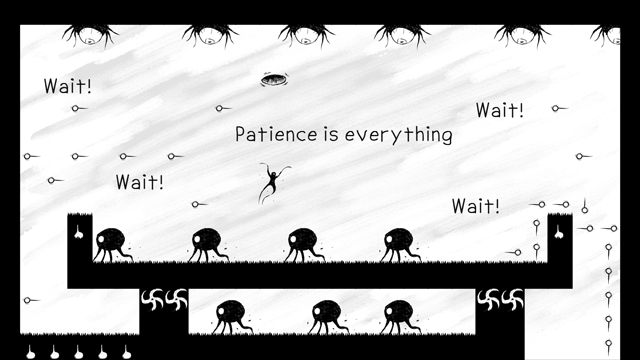
-
Sym #2
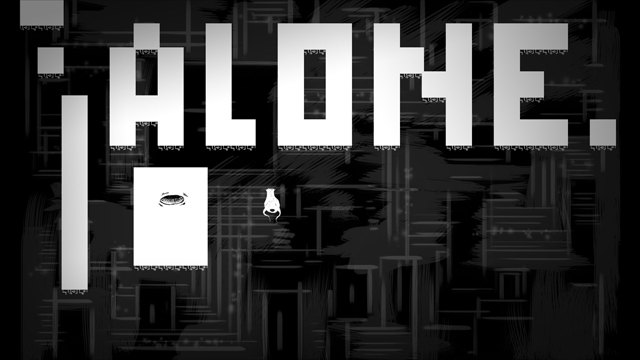
-
Sym #3
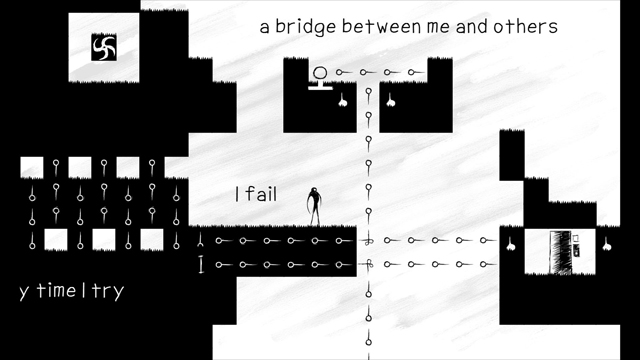
-
Sym #4
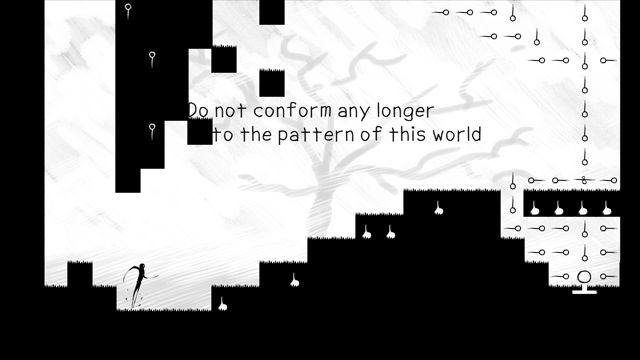
-
Sym #5
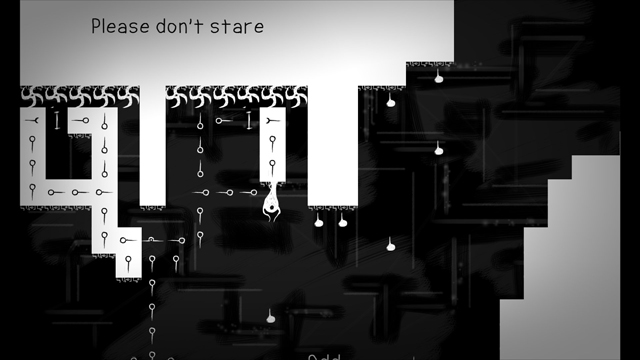
-
Sym #6
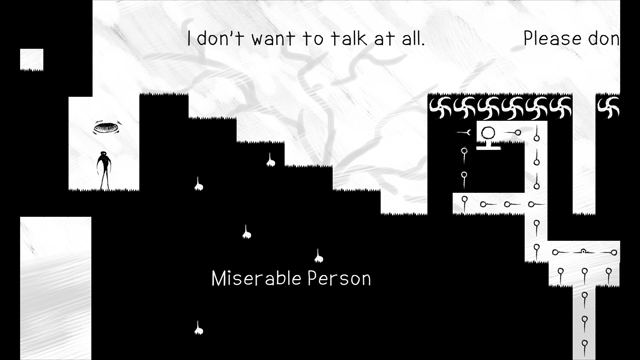
-
Sym #7

-
Sym #8
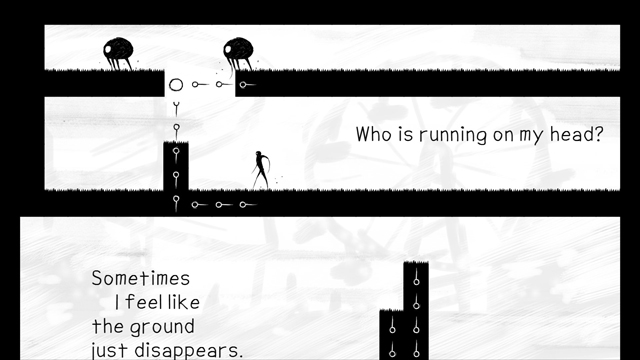
-
Sym #9
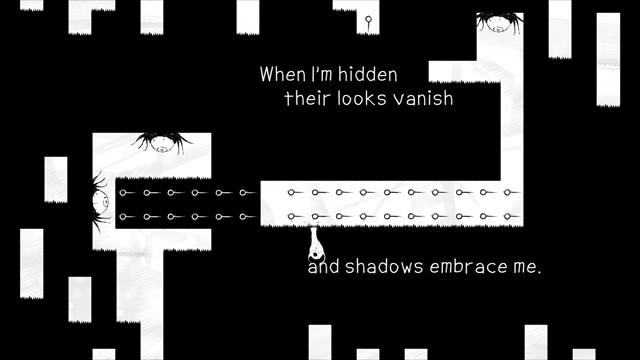
-
Sym #10

-
Sym #11
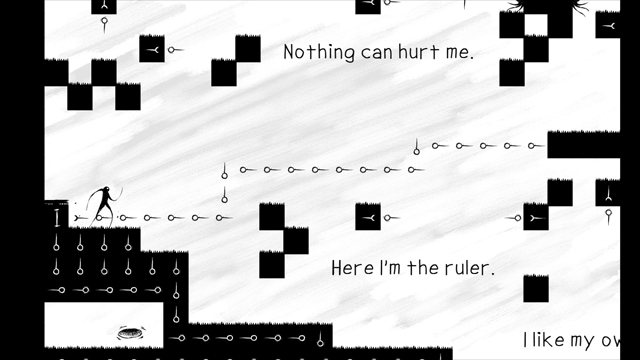
-
Sym #12
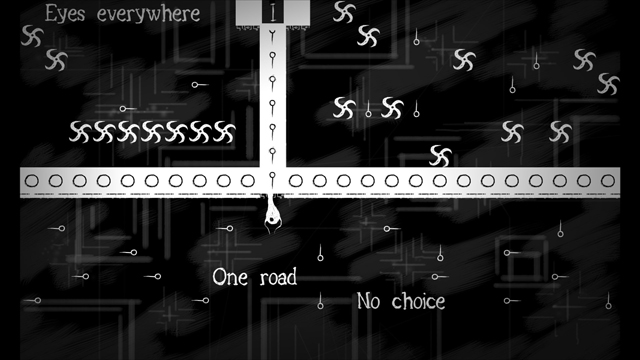
-
Sym #13
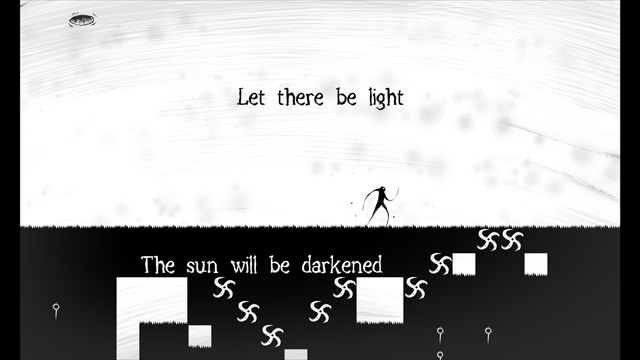
-
Sym #14
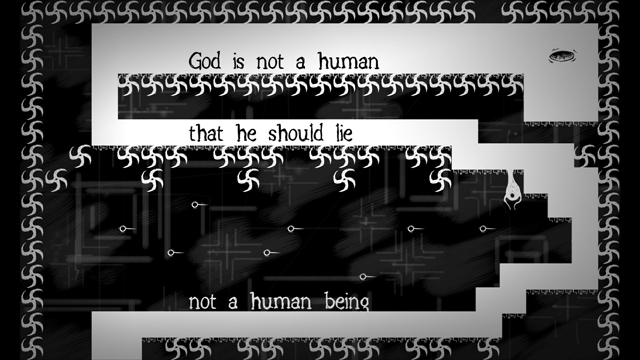
-
Sym #15
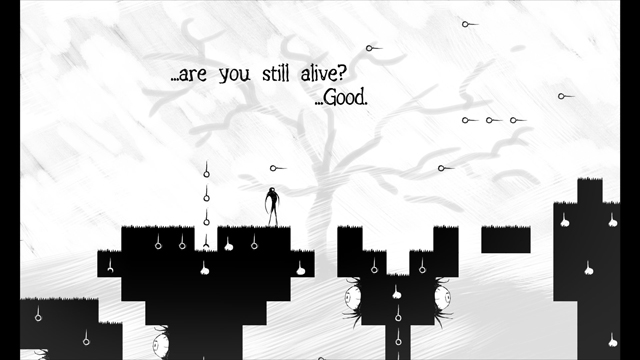
-
Sym #16
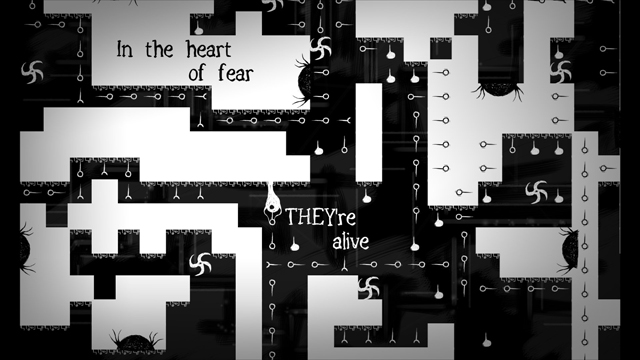
-
Sym #17
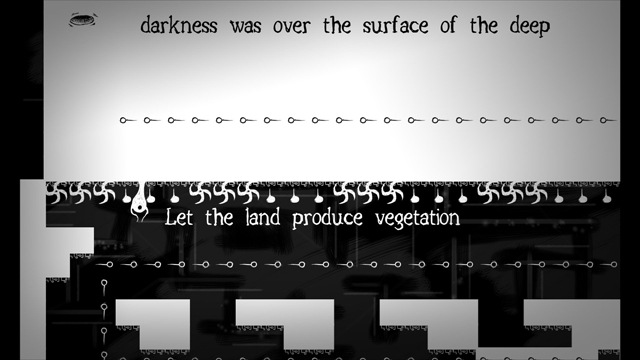
-
Sym #18
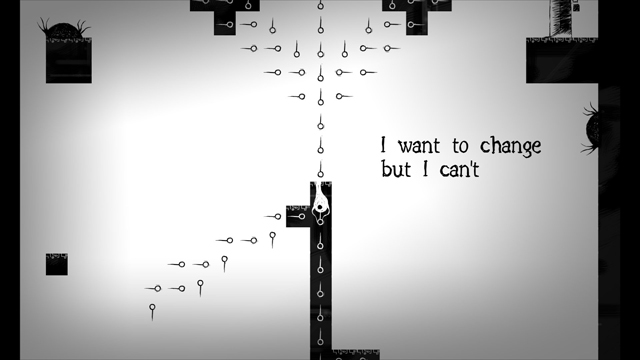
-
Sym #19
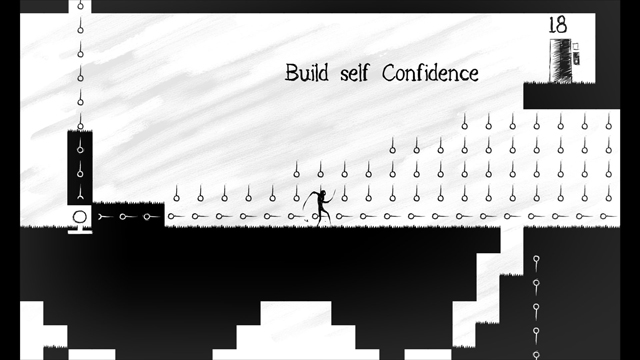
-
Sym #20
